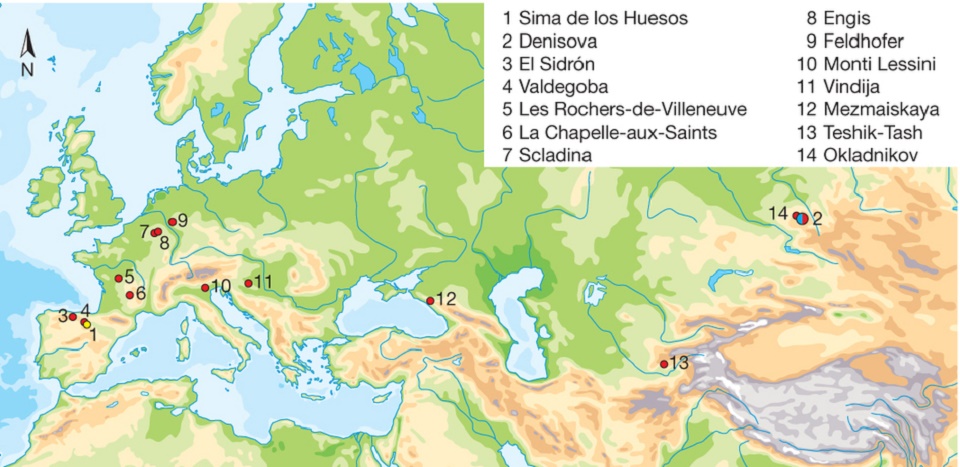
Researchers have found some bones in Spain that is believed to contain the oldest humanoid DNA ever found.
They have analyzed a femur bone indicated to be around 400,000 years old. And based on the age of this bone, the scientists first thought was that it must have belonged to a Homo Neanderthal. But after closer analysis, they confirmed it to belong to different ancient humanoid. As it looks to derive from an individual of the genus Homo Denisovan. But the mystery doesn’t end there.
Neanderthal and Denisovan Ancestor
There is something strange indeed with this discovery being of Denisovan descent. This is a genus that has previously only been found in Siberia and then from a people who lived around 41,000 years ago, 359,000 years later than the man from which this newly discovered bone belonged to and that is too long of a time to be accurate.
The discovery, therefore, makes the researchers question what we know about humanoid evolution. But since the Denisovians were very similar to the Neanderthals. The team of scientists, therefore, concludes that this bone might have belonged to a previously unknown ancestor of both Neanderthals and Denisovans.

The femur bone was found in a deep cave in Spanish Sima de Los Huesos together with 28 other bone fragments. And these fragments will now also be analyzed to hopefully provide us with a clearer picture.
Max Planck Institute for Evolutionary Anthropology
The study A mitochondrial genome sequence of a hominin from Sima de Los Huesos has been published in Nature and the research was done at the Max Planck Institute for Evolutionary Anthropology in Leipzig, Germany. The research was done under the supervision of Professor Svante Paabo, known as one of the founders of paleogenetics. This is a discipline that uses the methods of genetics to study early humans and other ancient populations. And in 1997, Pääbo and colleagues reported their successful sequencing of Neanderthal mitochondrial DNA (mtDNA).
Because of DNA’s tendency to break down over time, this fact has previously made it impossible to study the genetics of very ancient members of the human family. But the Max Planck Institute has developed new revolutionary techniques for sequencing degraded DNA found in Neanderthal fossils of even older specimens than this 400,000-year-old individual.
Shared DNA
Neanderthals and the Denisovans are not direct ancestors to us Homo Sapiens. But analysis of genomes from modern humans indicates that some ancient human populations did indeed mate with earlier hominid species. With approximately 1-6% of the DNA of non-African modern humans (mainly among those of European descent) is shared with Neanderthals.
Homo Denisovian DNA is mostly seen among Asian populations. And a recent study An Aboriginal Australian Genome Reveals Separate Human Dispersals into Asia compared the Denisova Hominin genome with those of six modern humans from Sub-Saharan Africa (South Africa, Nigeria), Europe (France), China and Papua New Guinea. It showed that between 4% and 6% of the genome found among modern Melanesians (Papua New Guinea) derives from ancient Denisovan’s.
These genes probably contributed to our own species adaptability to new environments, biotopes and geographical locations on Earth. With not only unique factors of nature, a cold Europe with a restricted amount of sunlight or the wet jungles of South East Asia with its own unique and potentially dangerous microbes.
____________________________
A mitochondrial genome sequence of a hominin from Sima de los Huesos
An Aboriginal Australian Genome Reveals Separate Human Dispersals into Asia
Genetic history of an archaic hominin group from Denisova Cave in Siberia
______________

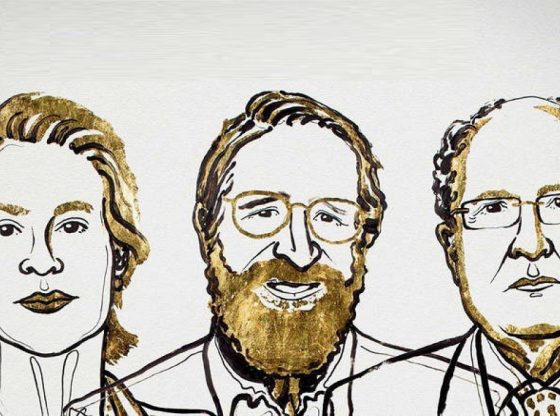
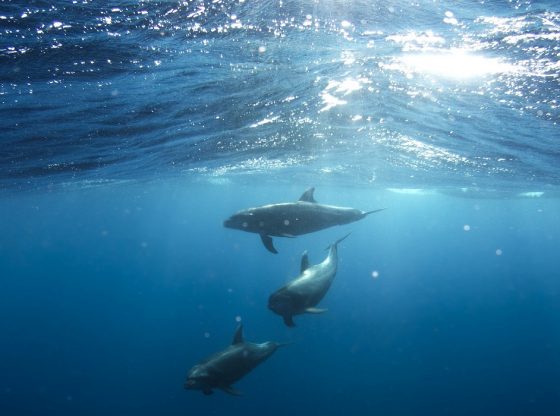
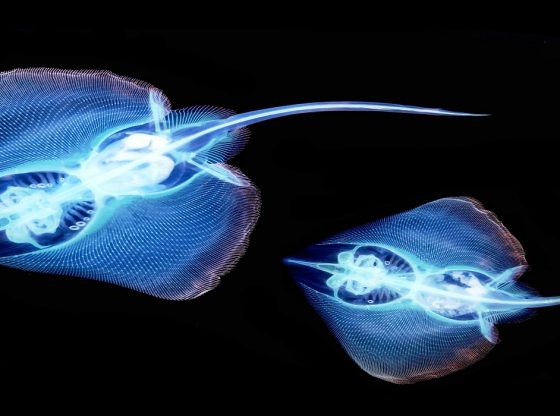
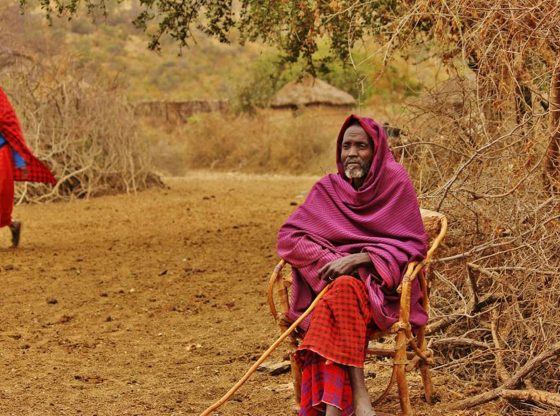
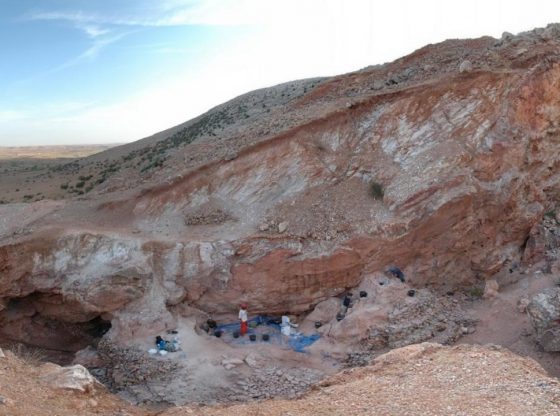
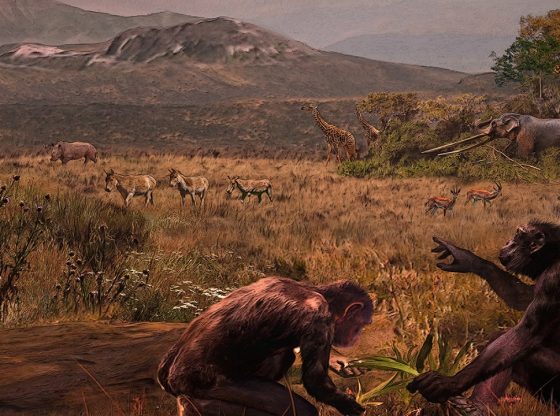

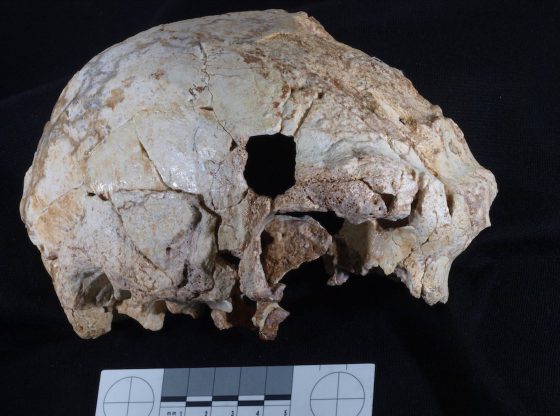
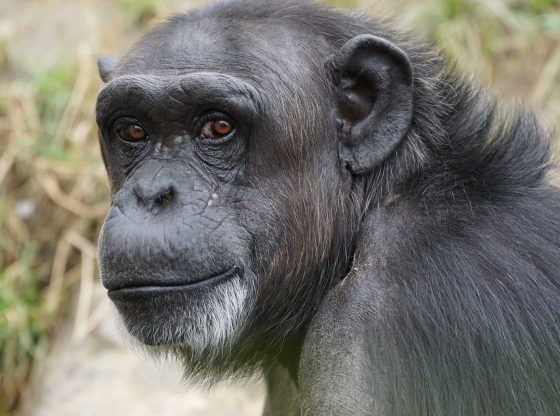

![OpenAI. (2025). ChatGPT [Large language model]. https://chatgpt.com](https://www.illustratedcuriosity.com/files/media/55136/b1b0b614-5b72-486c-901d-ff244549d67a-350x260.webp)
![OpenAI. (2025). ChatGPT [Large language model]. https://chatgpt.com](https://www.illustratedcuriosity.com/files/media/55124/79bc18fa-f616-4951-856f-cc724ad5d497-350x260.webp)
![OpenAI. (2025). ChatGPT [Large language model]. https://chatgpt.com](https://www.illustratedcuriosity.com/files/media/55099/2638a982-b4de-4913-8a1c-1479df352bf3-350x260.webp)








